-

A couple of weeks ago I posted a request for input into the Georgia Climate Research Roadmap, which is an effort to identify and rank “Georgia’s Top 40” climate research questions. According to their web site, this process begins with you: they are asking experts from across the state to submit candidate questions pertinent to…
-
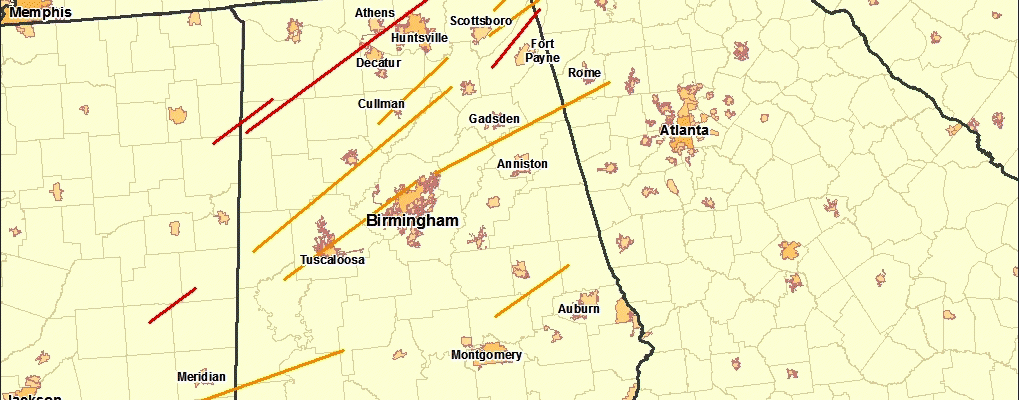
Today is the sixth anniversary of one of the worst tornado outbreaks on record, rivalling the Super Outbreak of April 3-4, 1974. Many large and horrifically damaging tornadoes occurred from Mississippi to Tennessee, destroying homes and businesses and killing and injuring many. Here are some selected video remembrances of the storms. Weather Channel video: Anatomy…
-
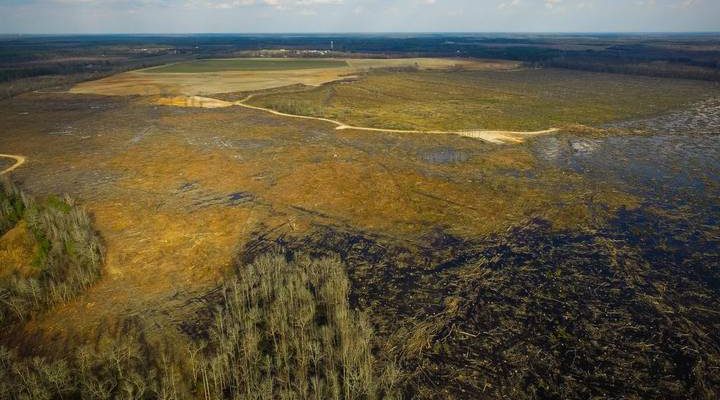
Sammy Fretwell of The State has published two related stories this week on the growth of very large farms which are replacing forests in South Carolina. In one article it says that “In the past four years, out-of-state agribusinesses have purchased nearly 10,000 acres in the Edisto River basin, chopped down forests and established mega…
-
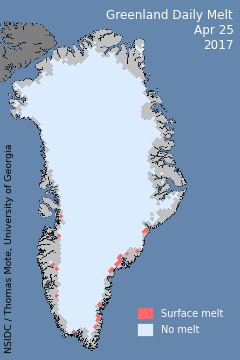
If you are interested in watching the progression of the summer melting of the ice sheet on Greenland, you will find the web site for the National Snow and Ice Data Center useful. You can see daily updates of the melting conditions from satellites at https://nsidc.org/greenland-today/. Why do we care? A melting Arctic can change energy…
-
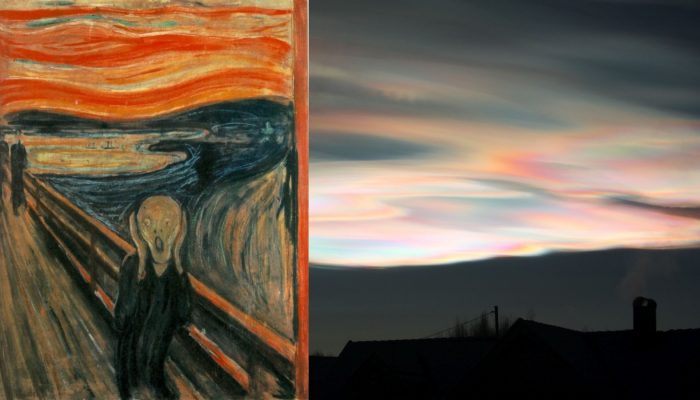
The bright orange and pink clouds in Edvard Munch’s “The Scream” have long been thought to be a product of a volcanic eruption, most likely the very large eruption of Krakatoa in 1883. Volcanic eruptions shoot sulfuric acid droplets and ash high into the atmosphere, producing spectacular sunsets around the world that have been linked…
-
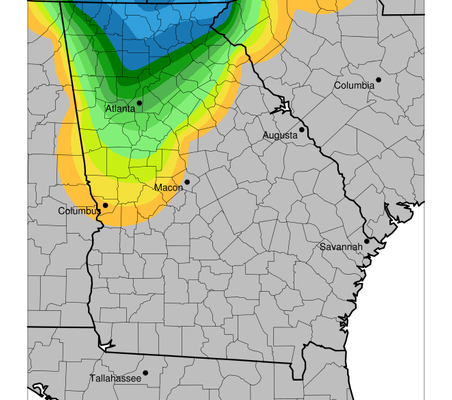
From This Day in Weather History on Facebook: April 25th, 1910 – Atlanta, Georgia was blanketed with 1.5 inches of snow while seeing their latest freeze ever with a morning low of 32°F. The high that day of 39°F was the second time ever that the high never got out of the 30s in April.…
Posted in: History -

As I was browsing today, I ran across this really interesting article on how most people are killed or injured by lightning. Surprisingly, direct strikes only cause issues 3-5 percent of the time. The greatest cause of problems is ground current, where lightning hits the ground and travels along the surface (especially if the ground…